Cooking Mahi Mahi can be a delightful experience when done right. This flavorful fish is versatile and nutritious, making it a favorite for many seafood lovers. However, certain cooking errors can lead to less-than-perfect results. In this blog post, we will explore ten common mistakes people make when preparing Mahi Mahi and provide easy fixes for each one. By avoiding these pitfalls, you’ll ensure your Mahi Mahi dishes are always delicious and rewarding.
Overcooking Mahi Mahi
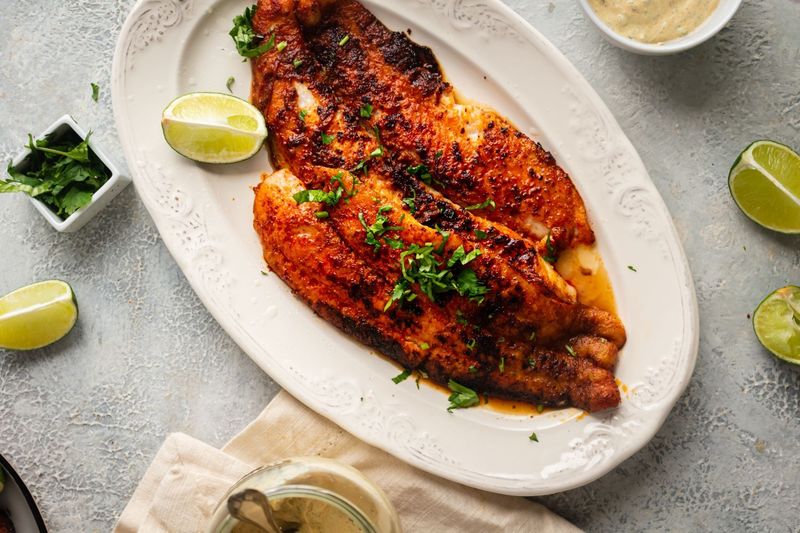
Overcooking is the nemesis of tender Mahi Mahi. The fish becomes dry and chewy, losing its succulent texture. To prevent this, monitor the cooking time closely. Mahi Mahi should be cooked until it just turns opaque and flakes easily with a fork.
Utilize a meat thermometer to check for an internal temperature of 137°F. This ensures it retains its moisture and flavor.
Remember, fish continues to cook even after being removed from heat. Serve it promptly to enjoy its full taste.
Using Low-Quality Fish
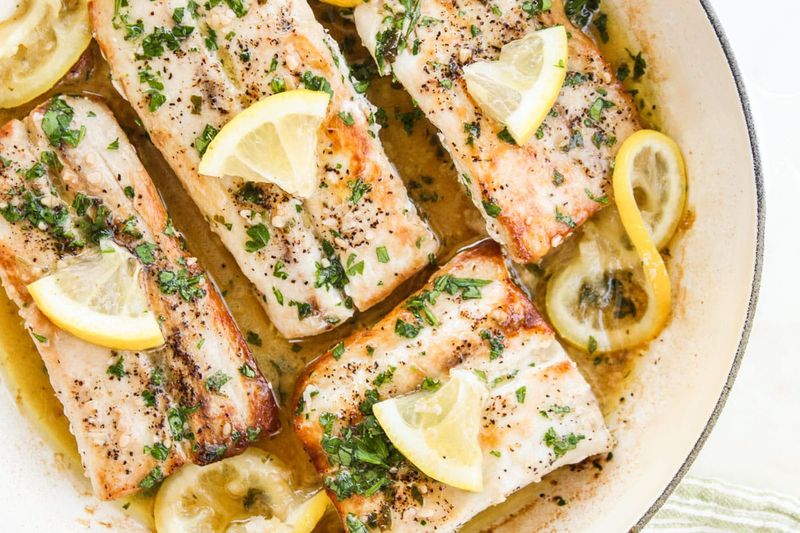
Choosing quality Mahi Mahi is crucial. Fresh fish should have bright eyes and a clean smell. Low-quality fish leads to bland and unappealing dishes.
Always buy from reputable sources to ensure freshness. Look for firm flesh and a pleasant aroma. If possible, purchase fish that is locally sourced and sustainably caught.
When in doubt, ask your fishmonger for advice. They can guide you to the best selections, ensuring your Mahi Mahi shines on the plate.
Improper Seasoning

Seasoning can make or break your Mahi Mahi dish. Under-seasoned fish tastes dull, while over-seasoning can overwhelm its natural flavor.
Start with a basic seasoning of salt and pepper to enhance the taste. Experiment with citrus, herbs, or even a hint of spice for a unique twist.
Remember, balance is key. Taste as you go and adjust accordingly to create a harmony of flavors that complements the fish.
Cooking with the Wrong Pan
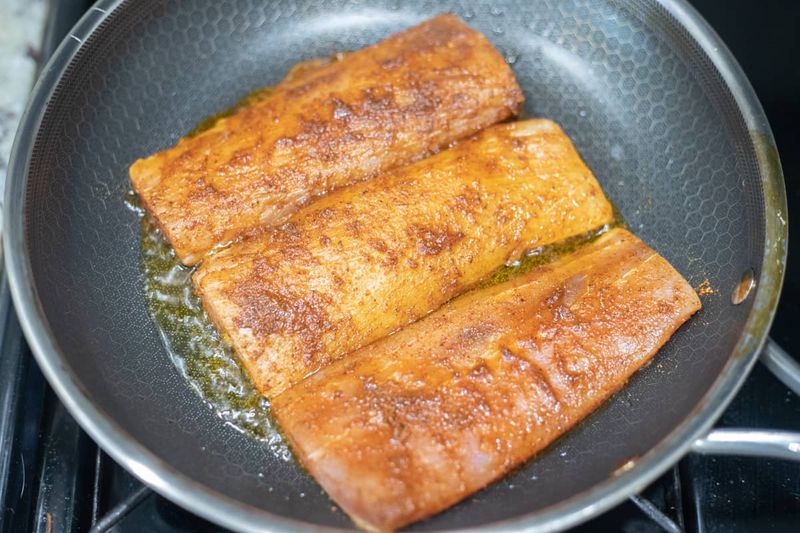
The choice of pan affects the cooking process. A wrong pan can lead to uneven cooking or sticking. Non-stick pans are great for delicate fillets, ensuring easy flipping.
Cast iron offers even heat distribution but requires careful monitoring to avoid overcooking. Stainless steel provides a nice sear but demands more oil to prevent sticking.
Consider the outcome you desire and choose accordingly. The right pan makes a noticeable difference in your Mahi Mahi’s texture.
Ignoring Marination Time
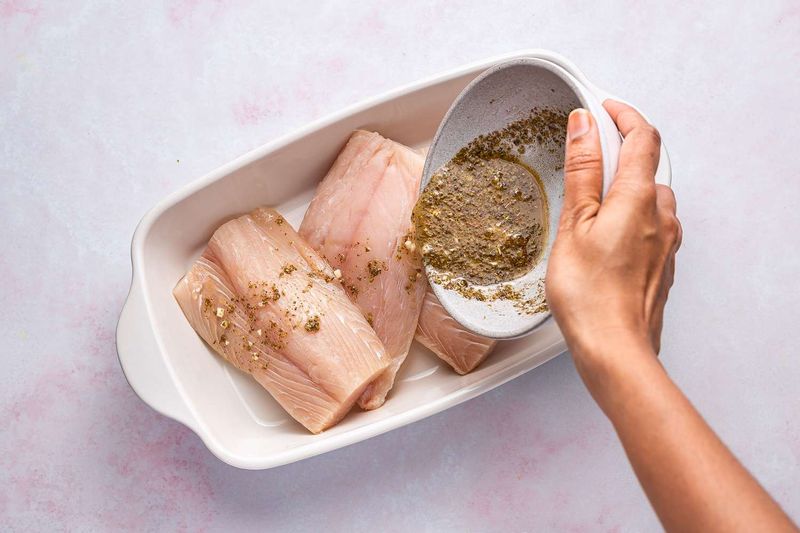
Marination infuses Mahi Mahi with flavor. Ignoring this step results in less tasty fish. Allow sufficient time for the marinade to work its magic.
Typically, one to two hours is adequate for a balanced flavor profile. Avoid marinating for too long as it can overpower the fish.
Use a blend of acid, oil, and seasonings to create a delightful marinade. This step elevates the taste and can be adjusted to personal preference.
Cooking from Frozen
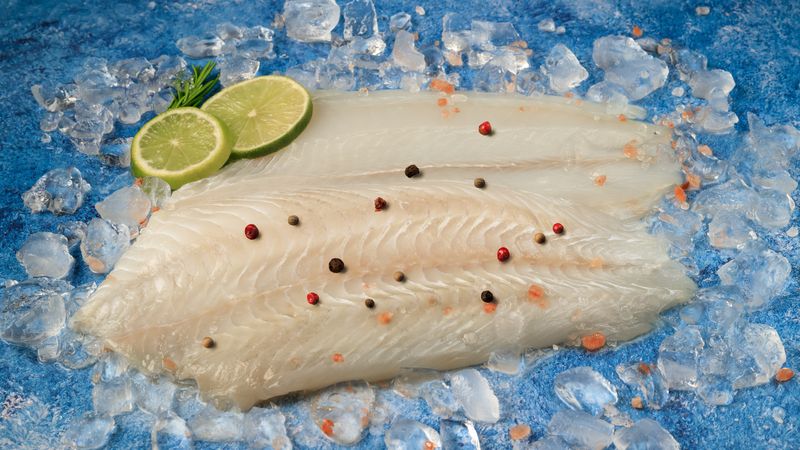
Cooking Mahi Mahi straight from the freezer is a common mistake. It results in uneven cooking, leaving parts undercooked.
Thaw the fish properly before cooking. Place it in the refrigerator overnight or use a cold water bath for faster results.
Ensure it’s fully thawed to achieve even cooking. This step enhances texture and flavor, making your dish far more enjoyable.
Not Resting After Cooking
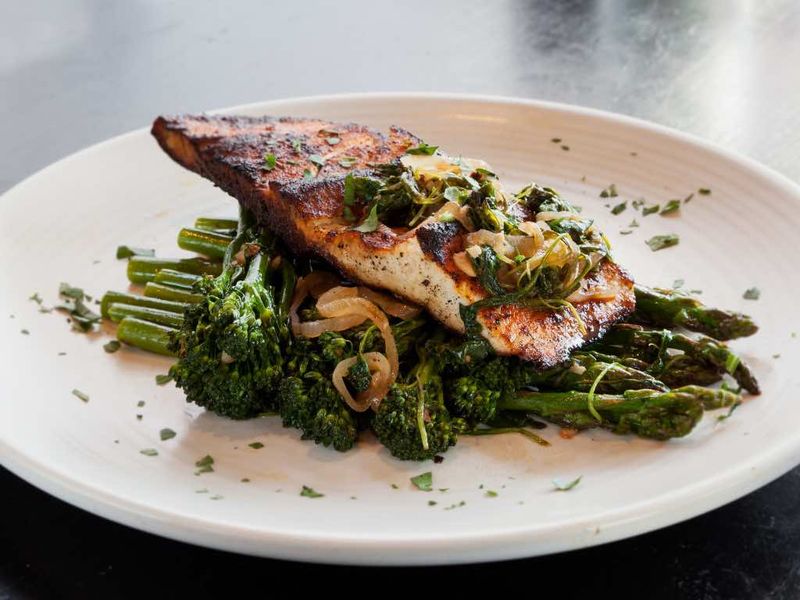
Resting allows the juices to redistribute, ensuring moist Mahi Mahi. Cutting too soon causes dryness.
Allow the fish to rest for a few minutes after cooking. This simple step locks in moisture and enhances flavor.
Use this time to prepare sides or garnishes. Proper resting makes a significant difference in the overall experience of eating Mahi Mahi.
Overcrowding the Pan

Overcrowding leads to steaming rather than searing, affecting texture. Mahi Mahi needs space for even cooking and a nice crust.
Cook in batches if necessary, allowing room for each fillet. This ensures proper heat circulation and browning.
A little patience goes a long way in achieving the perfect sear. Your Mahi Mahi will thank you with a deliciously crispy exterior.
Skipping the Oil
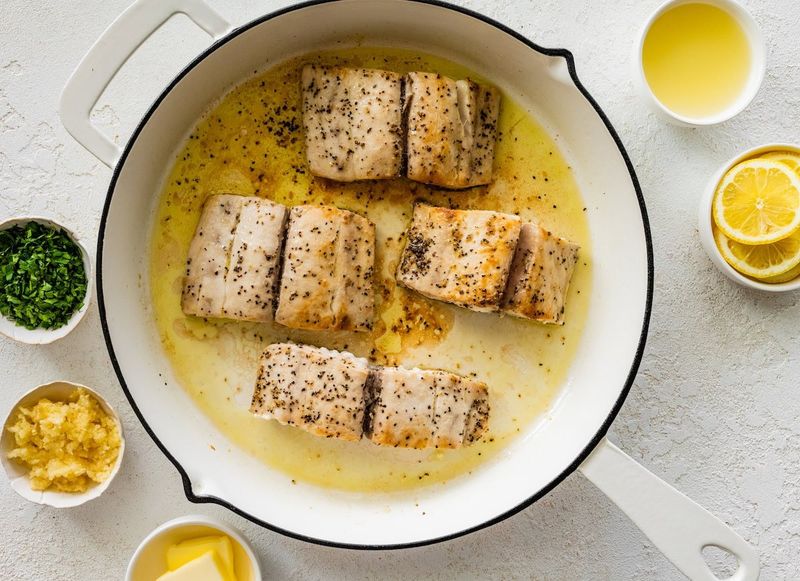
Oil is essential for cooking Mahi Mahi. Skipping this step leads to sticking and uneven cooking. Use a suitable oil with a high smoke point, like grapeseed or canola.
The oil not only prevents sticking but also enhances flavor and texture.
Ensure the pan is hot before adding the fish, and drizzle oil to help create a perfect crust. This approach results in a savory and satisfying dish.
Using Incorrect Cooking Temperature
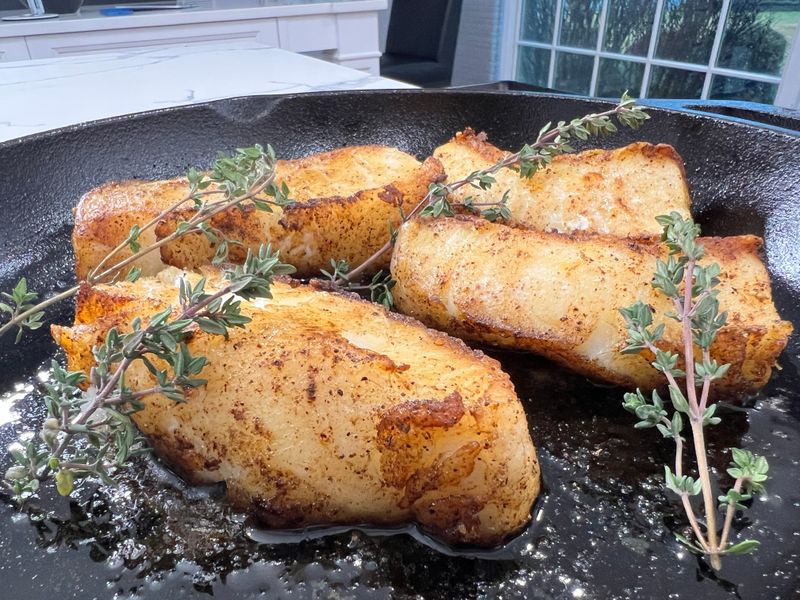
Temperature control is vital in cooking Mahi Mahi. The wrong temperature can ruin texture and flavor. Cook over medium-high heat for a golden sear and tender interior.
Avoid low temperatures that result in a soggy exterior or high heat that scorches. Use a thermometer to maintain consistency.
This attention ensures the fish is cooked to perfection, delivering a balanced and delightful meal.
Leave a comment